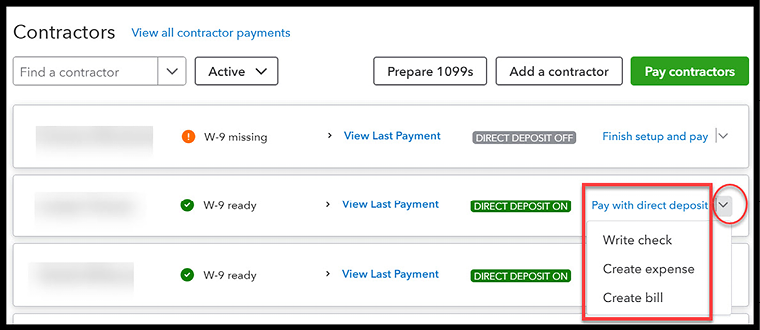Managing Employees and 1099 Contractors in QuickBooks Online
Managing payroll is one of the most important aspects of your business. If not done right, it could negatively impact your employees since they may not be paid the right amount. It could also result in interest and penalties if payroll taxes are not filed and paid on time.
There are four main aspects of managing payroll: setting up your employees with the proper deductions and benefit elections, processing payroll by ensuring the hours paid are correct and on time, generating payroll reports to gain an insight into total payroll costs, and filing payroll tax forms and making payments on time. In this chapter, we will cover the information required to properly set up payroll, how to subscribe to an Intuit payroll subscription, payroll reports that will provide you with insight into payroll costs, and the importance of filing payroll tax forms and making payments on time.
If you do not understand how payroll works...



